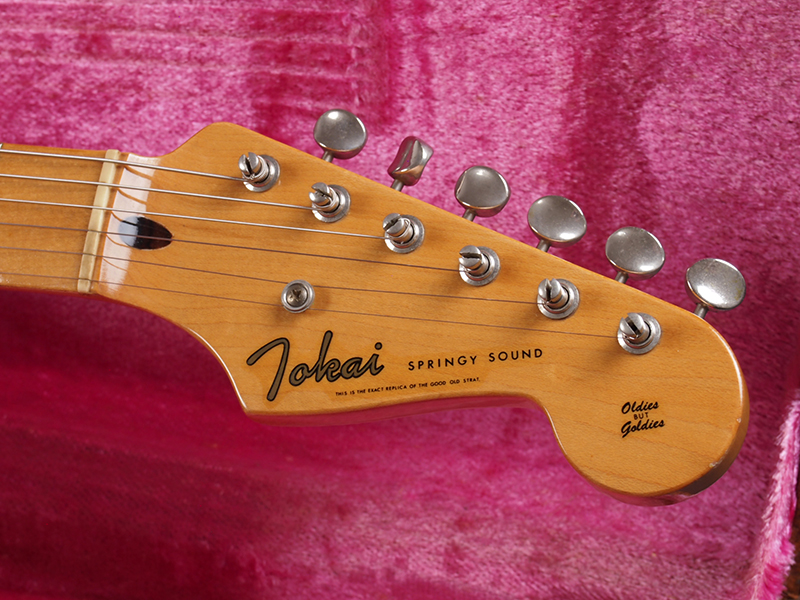

The Springy Sound guitars that Tokai built between 19 can be broken down according to their model number, which was a reference to the guitar’s expected retail value.įor example, an ST-42 would have cost 42,000 yen at the time (roughly $480 USD in today's money). The Very First Attempt at a Vintage Reissue While the popularity of Tokai’s replicas remained strong in the Japanese market, the introduction of Fender’s Japanese-made models (made by FujiGen Gakki from 1982-1997) into America and Europe largely forced Tokai out of these markets by the late 1980s. From 1997 until 2015, Tokai produced Fender " Made In Japan” models, which are also collector instruments today. In fact, the two companies made a deal in 1997: Tokai could continue to produce some of its replicas with subtle changes to their branding and headstock shapes if they would agree to supply Fender with guitars. Stevie Ray Vaughan posed with a Tokai Springy Sound on the cover of his 1983 album Texas Flood, and Billy Gibbons of ZZ Top was spotted with his Tokai Strat replica on the road.Ĭollectors often lump these models together with other Japanese replicas as “lawsuit guitars.” However, Fender never actually sued Tokai. But they started to gain notoriety in the 1970s and ‘80s with their production of high-quality Fender and Gibson replicas that captured the old school vibes of the original instruments at a fraction of the cost.īy the early 1980s, Tokai’s Stratocaster replicas-known as Springy Sound, Goldstar Sound, and Silverstar Sound-were surpassing Fender’s American-made Strats in popularity.

Founded in 1947, Tokai Gakki Company, Ltd., or Tokai Guitars, began as an obscure Japanese musical instrument manufacturer.


 0 kommentar(er)
0 kommentar(er)
